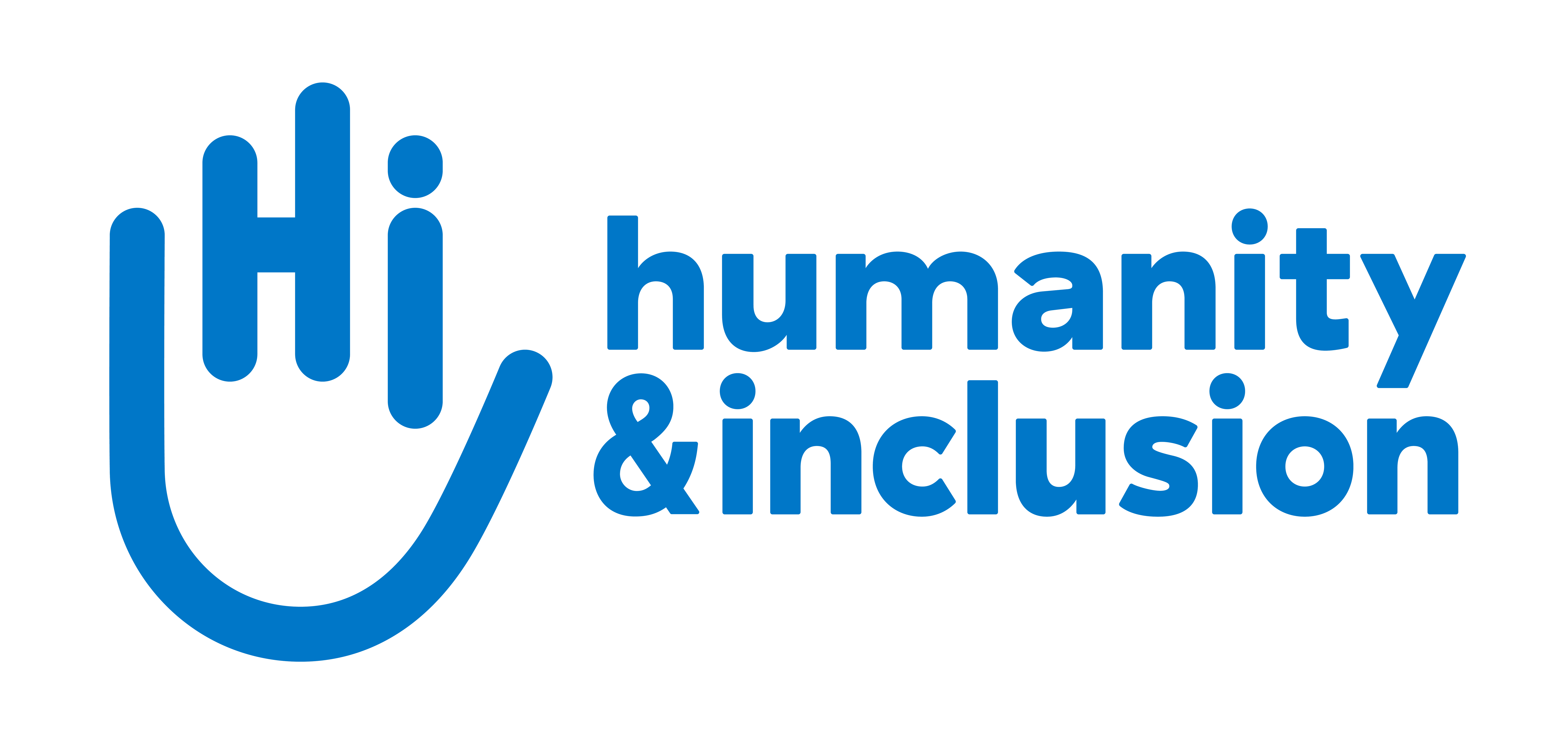Indonesia: rehabilitation care for 800 casualties
Four months after Indonesia was hit by an earthquake and a tsunami, HI continues to assist victims of the disaster.

Chid affected by tsunami and earthquake which hit Sulawesi in september 2019 | ©HI
On 28 September, more than 2,000 people were killed and 4,000 injured when Indonesia was hit by an earthquake and a tsunami. The disaster destroyed or damaged 68,000 homes and displaced more than 200,000 people. Four months after the disaster, the situation remains difficult for many of those affected.
"More than 170,000 people are still displaced. They need shelter, healthcare and rehabilitation. One of HI's priorities is to ensure injured people receive rehabilitation care to prevent the on-set of long-term disabilities,"
explains Cheria Noezar, HI's operational coordinator in Indonesia.
HI works with disaster-affected people, in collaboration with IFI (Ikatan Fisioterapis Indonesia) and the Ministry of Social Affairs :
- Emergency rehabilitation
HI’s rehabilitation expert in Nepal, Sudan Rimal, and the IFI association have organised two emergency rehabilitation training sessions in Makassar City (November) and Palu (January). Twenty physiotherapists learned about post-emergency care for casualties, including how to massage a stump and assist traumatised victims. The physiotherapists then provided rehabilitation care to some 800 casualties in the villages of Donggala, Sigi and Palu, and distributed more than 250 crutches, walking frames, wheelchairs, etc. They also taught families of people with disabilities to perform rehabilitation exercises at home. An additional 1,200 people will shortly benefit from rehabilitation care and receive crutches, walking frames and the like.
- Taking into account the most vulnerable individuals
HI also organised awareness-raising training on the importance of taking into consideration the most vulnerable people (the elderly, children, people with disabilities, etc.) in emergency and post-emergency response. Many disabled people’s organisations, international NGOs and others attended the training sessions.
"The needs of the most vulnerable people (pregnant women, older people, the disabled, etc.) are often ignored in emergencies. A priority is to make other organisations aware of the importance of taking their needs into account",
explains Swetika Eko Saptyono, HI Country Coordinator in Indonesia
- Identifying needs and referral to other organisations
HI and IFI also visited highly vulnerable people in their homes, identified their needs and referred them to other partner organisations to benefit from appropriate services (healthcare, education, etc.).





